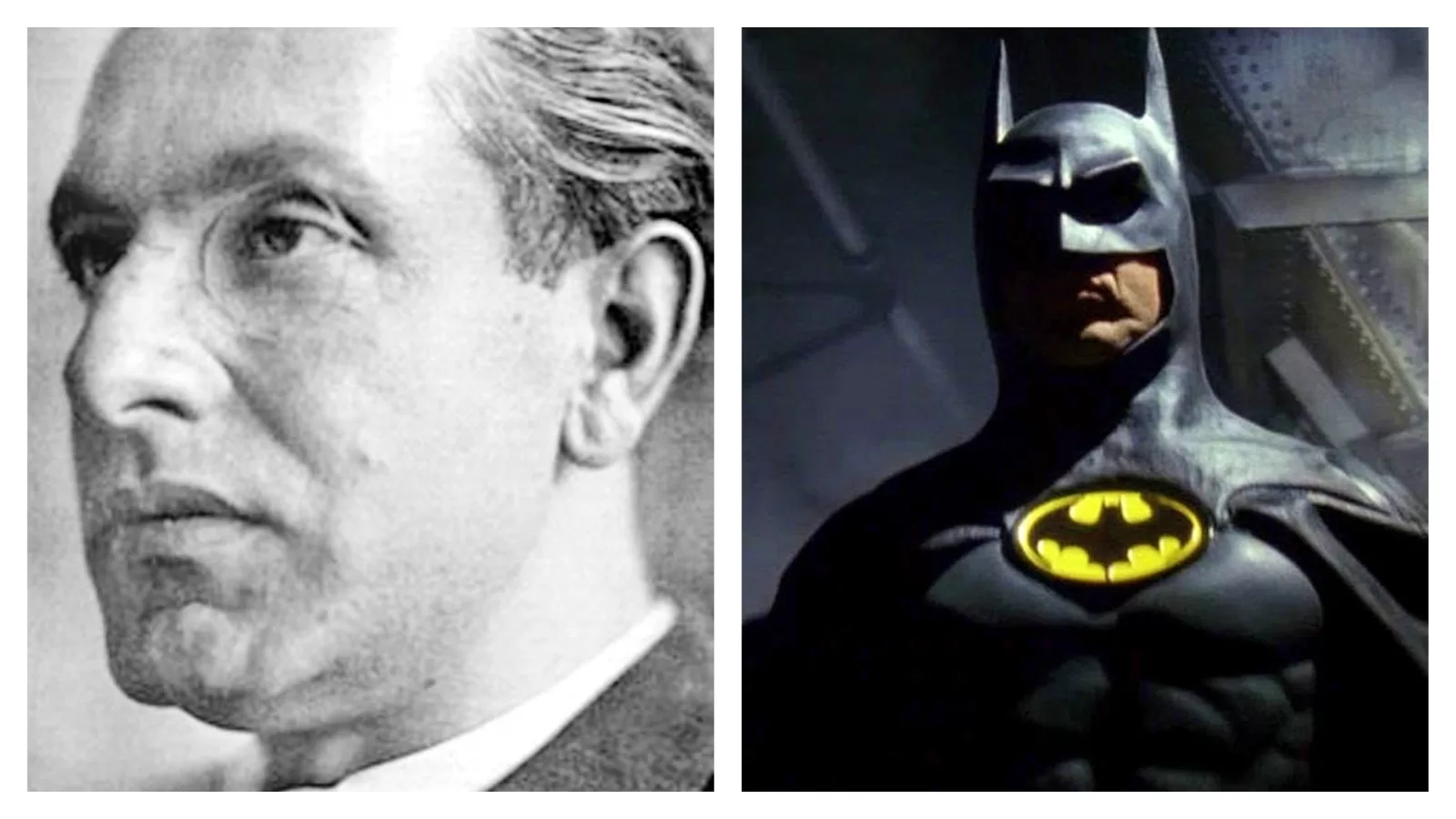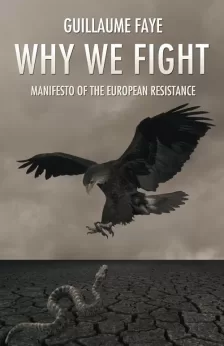From Gotham’s shadowed core, a solitary guardian descends. Batman, his vigil steeped in Evola’s wisdom.
From the aristocratic mantle of Bruce Wayne, Batman emerges, engaging with the modern world in a state of dissolution. Enacting the principle of “Riding the Tiger,” he counters chaos, wielding technology’s gifts in combat against the widespread entropy, thereby embodying Evola’s concept of deriving strength from societal degradation.
Branded by his parents’ violent end, Batman embarks on a journey that evokes Evola’s image of the “traditional man.” His personal tragedy births a strong commitment to a cosmic justice. He becomes Evola’s “absolute man,” who can assume the function of the law, rule, and measure. Batman stands as the quintessential representation of spiritual virility, to whom life itself is but a stage for higher realities. Between the stoic Wayne and the intimidating Batman, a duality unfolds – a man straddling two realities. Batman’s self-imposed isolation, echoing Evola’s “differentiated man,” alienates him; his torment becomes both his strength and his burden.
His relentless struggle against the underworld casts him as a Shakespearean figure, locked in a battle he cannot conclusively win, encapsulating Evola’s notion of remaining faithful to oneself without being swayed by the degeneracy of the external world. Batman’s struggle transcends Gotham’s physical boundaries and enters the world of Tradition, which exists in a dimension above the human, mortal, and contingent world. He combats his inner turbulence, becoming a man for whom to rule is to be above everything that merely happens. The Caped Crusader emerges not merely as a fighter against crime but as a defender of an ethereal realm. He stands as the Evolian hero, confronting modernity’s tempest while preserving his nobility and sacrificing personal pleasure for a higher purpose. Herein lies the winged symbol of the ceaseless battle between mayhem and order, steered by unwavering duty.







